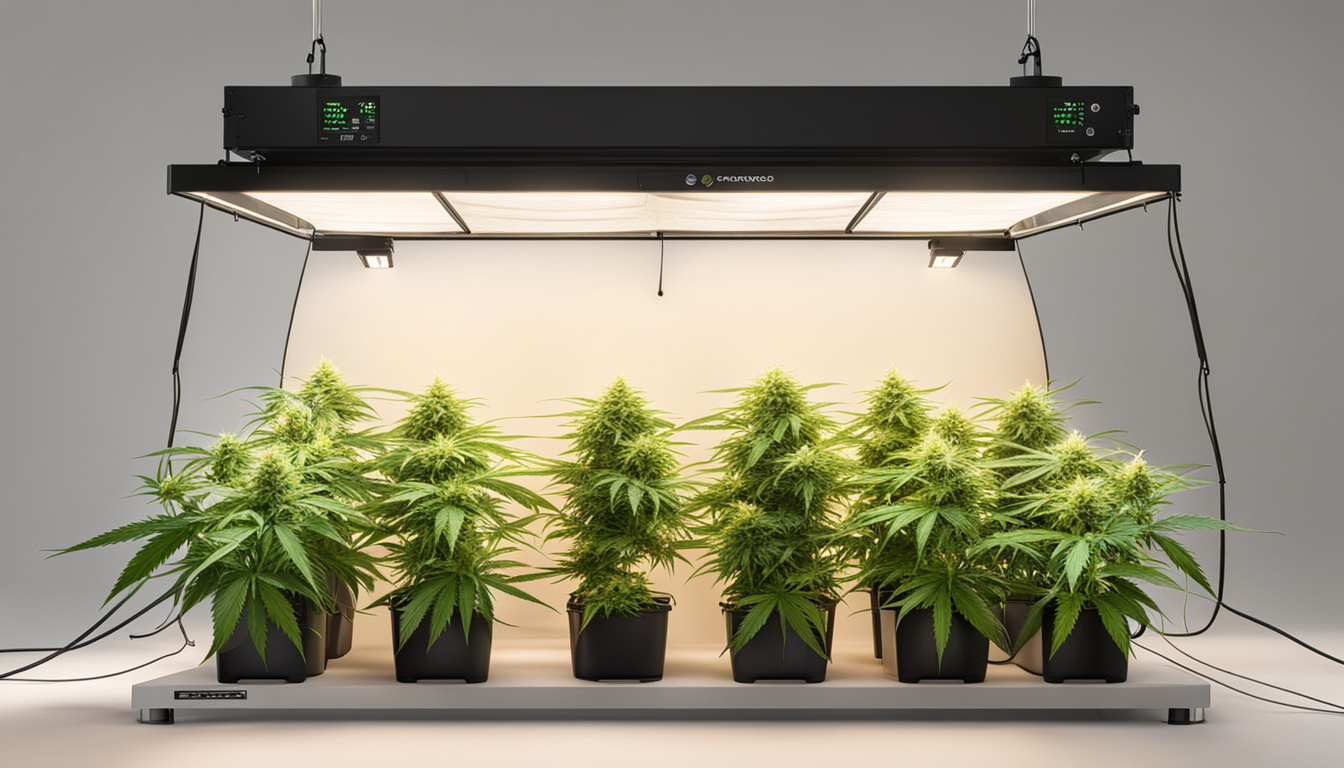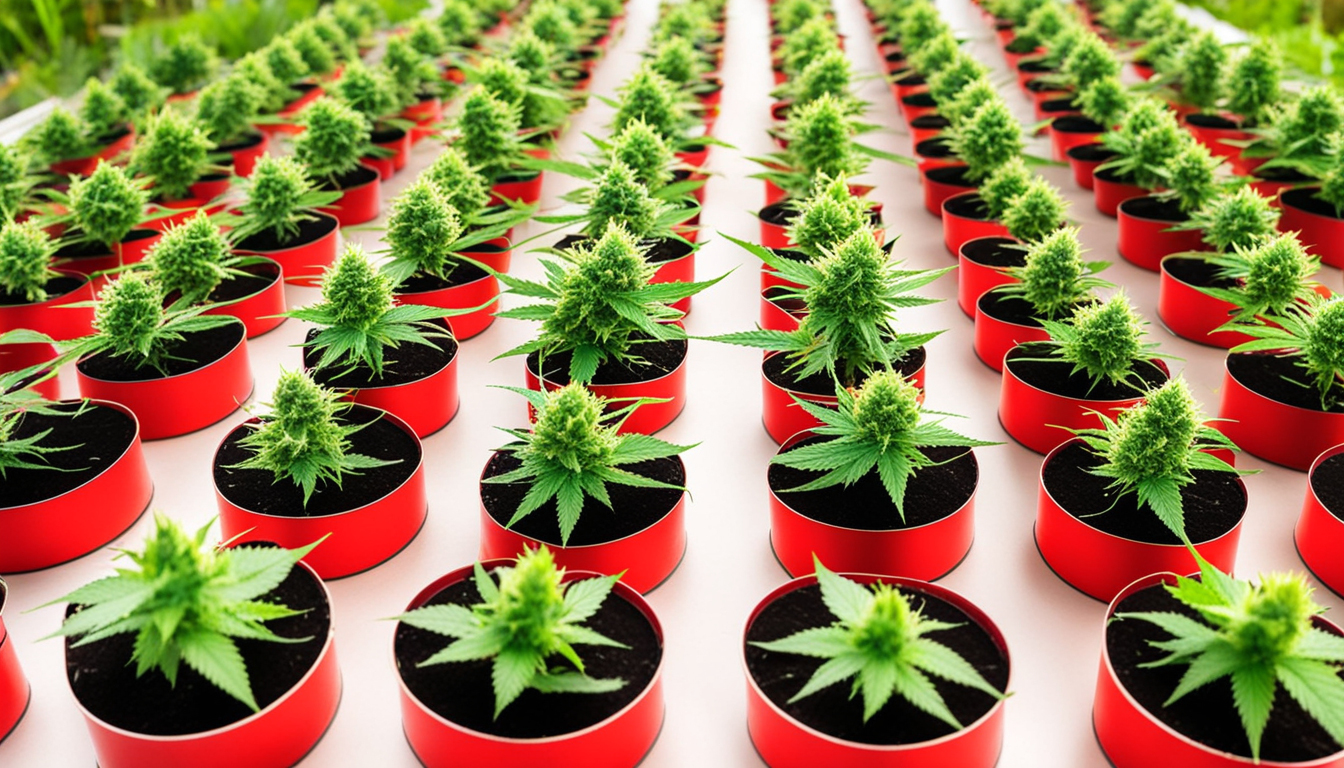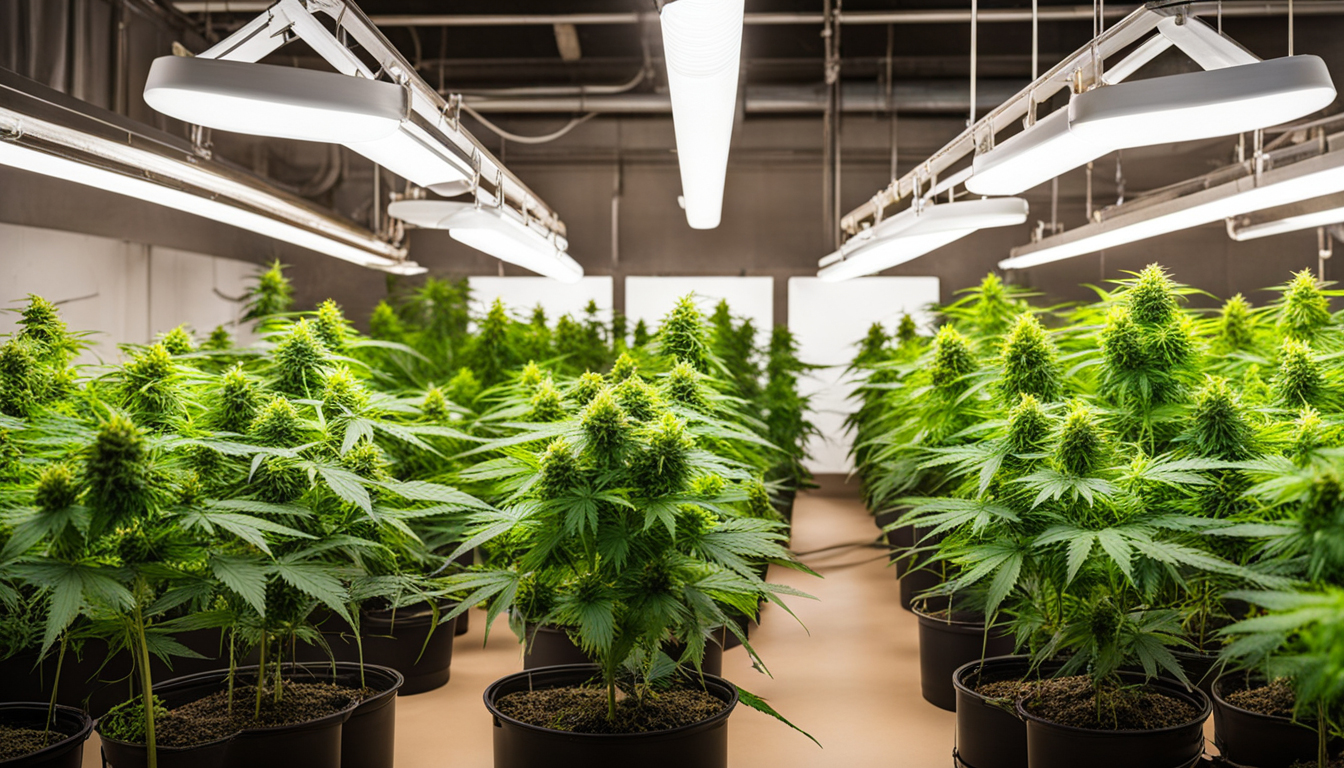
Whether you're just starting out with pot cultivation or looking to improve your existing crop, following this complete guide will help you produce bountiful, high-quality yields right at home. With the right equipment, methods, and attention, cultivating cannabis indoors can be an extremely satisfying and cost-effective endeavor.
Choosing Pot Strains
The first step in planning your indoor crop is choosing the right cannabis strains to grow. The three main types of marijuana plants each have their own qualities.
Energizing strains
Known for their energizing intellectual effects, sativas spread tall and slender with narrow leaves. They flourish in warmer equatorial climates and have a longer blooming time between 10-12 weeks indoors. Top sativa strains include Sour Diesel, Durban Poison, and Jack Herer.
Relaxing strains
These strains provide relaxing full-body effects and grow short and bushy with broad leaves. Accustomed to colder mountain climates, they bloom faster within 2-2.25 months. Popular relaxing varieties include Granddaddy Purple, Northern Lights, and Bubba Kush.
Hybrids
Hybrid varieties mix traits from both energizing strains and relaxing strains. They offer combined effects and have moderate flowering periods around 9-10 weeks. Well-known hybrids are OG Kush, Girl Scout Cookies, and Blue Dream.

Setting Up Your Cultivation Space
Weed plants need the right controlled environment to thrive. Key factors for indoor grows are lighting, airflow, layout, and finding the ideal discreet area.
Location
Choose an unused space with quick access to water and electrical outlets. An empty spare room, large closet, basement corner, or grow tent locked away in a garage all make great stealthy grow room spots.
Lighting
Weed requires strong light for all growth stages. LEDs are efficient and come in broad spectrum options replicating real outdoor light. Provide 15-25 watts per square foot for the vegetative stage and 20-40 watts per square foot for bloom.
Ventilation
Proper airflow and exhaust systems keep ideal temp, humidity, and fresh CO2 levels. Install quiet 10-15 cm blowers or carbon filters to refresh stale air and eliminate odors.
Layout
Maximize your space by positioning plants carefully under the lights and allowing room to reach and work around them. Set up separate zones for vegetation, bloom, curing, and cloning.

Growing Substrates
Weed can be cultivated in different substrates, each with benefits and cons. Pick a suitable option for your particular setup and cultivation style.
Soil
The traditional medium, soil is inexpensive and easy for beginners. It provides excellent flavor but needs more watering and nutrients to nourish plants. Enrich soil with perlite or coir to improve drainage.
Coconut coir
Made from coconut husks, renewable coco coir holds water but still lets in air to the roots. It's more sterile and more predictable than soil. Use coir-specific nutrients to prevent accumulation.
Water systems
In water systems, plant roots grow right in nutrient irrigation solution. This allows quick growth but needs careful monitoring of solution chemistry. DWC and irrigation systems are common methods.
Sprouting Seeds
Germination prepares your cannabis seeds to begin sprouting taproots. This readies them for planting into their cultivation medium.
Towel Method
Place seeds between moist paper towels and keep them damp. Check after 2-7 days for growing taproots showing germination is complete.
Direct Planting
Plant seeds right into wetted growing medium 1⁄4 inch deep. Gently water and wait 7-14 days until seedlings push through the top.
Cubic rockwool
Presoak cubic rockwool starters in balanced water. Place seeds 6mm deep into the Click Here cubes. Keep cubes moist until sprouts emerge within 1-14 days.
Repotting Seedlings
Once sprouted, marijuana seedlings need to be transplanted to avoid overcrowding. Move them into proper sized containers.
Preparing Containers
Load final containers with cultivation medium amended with time-released fertilizer. Allow containers to soak up water for 8-12 hours before transplanting.
Gently repotting
Carefully separate young roots from sprouting medium using a spoon. Put into pre-soaked pot at same depth as before and gently water in.
Vegetative Stage
The growth stage encourages leafy growth and plant structure through 3/4 to full day of continual light exposure. This stage usually lasts 1-2 months.
Using 18-24 Hours of Light
Use lamps on a 24 daily cycle or cannabis indoor outdoor light to initiate nonstop photosynthesis. Light intensity influences height and internodal spacing.
Fertilizing
Use grow stage nutrients richer in N. Make sure pH remains around 6.5 for full nutrient absorption. Fertilize 25-50% strength after 2 weeks and strengthen gradually.
LST and topping
Fimming, low stress training, and trellising direct growth patterns for flat foliage. This increases yields.

Bloom Stage
The blooming stage grows buds as plants reveal their sex under a 12 hour cycle timing. It lasts 2-3 months based on variety.
Switching to 12/12
Switch grow lights to 12 hours on, 12 hours off or move outdoors for outdoor 12 hour cycle. This triggers plants to begin blooming.
Flushing
Leaching flushes out nutrient salts to improve taste. Feed lightly the first weeks then just use plain water the last 2 weeks.
Flushing
Maintain 12 hour photoperiod but leach using neutral pH water only. Resume plain watering if buds aren't ripe after two weeks.
Reaping
Recognizing when marijuana is fully ripe ensures peak potency and aroma. Harvest plants at peak maturity.
Identifying Ripeness
Look for swollen calyxes, faded pistils, and 5-15% cloudy trichs. Check buds across the plant as they don't all mature evenly.
Harvesting plants
Use sterilized, razor-sharp trimming scissors to carefully cut each plant at the base. Keep 5-10cm of stem attached.
Curing
Suspend whole plants Contact Us Today or branches inverted in a lightless room with average temp and RH around 45-65% for 7-14 days.
Curing
Aging keeps drying while aging the buds like aged spirits. This technique smooths harshness and intensifies terpene and terpene profiles.
Curing containers
Manicure dried buds from branches and store into sealed containers, filling about 3⁄4 full. Use a sensor to monitor jar humidity.
Opening jars daily
Unseal jars for a short time each day to slowly reduce moisture. Remoisten buds if RH drops below 55%.
Final Cure
After 14-21 days when moisture stabilizes around 55-65%, do a final trim and keep long-term in airtight jars.
Troubleshooting
Even experienced cultivators run into different weed plant problems. Detect problems early and fix them correctly to maintain a vibrant garden.
Nutrient Deficiencies
Chlorosis often indicate insufficient nitrogen. Anthocyanins and leaves signal phosphorus deficiency. Test pH and increase fertilizers gradually.
Bugs
Spider mites, fungus gnats, mites, and nematodes are common marijuana pests. Use neem oil sprays, predator bugs, and sticky traps for organic control.
Mold
High moisture encourages powdery mildew and root rot. Improve circulation and circulation while reducing RH below 50% during bloom.

Summary
With this complete indoor marijuana cultivation guide, you now have the info to cultivate plentiful strong buds for personal grows. Follow these techniques and methods throughout the germination, growth, and flowering stages. Invest in good gear and carefully monitor your plants. In time, you'll be compensated with sticky aromatic buds you raised yourself under the loving care of your green hands. Good luck cultivating!